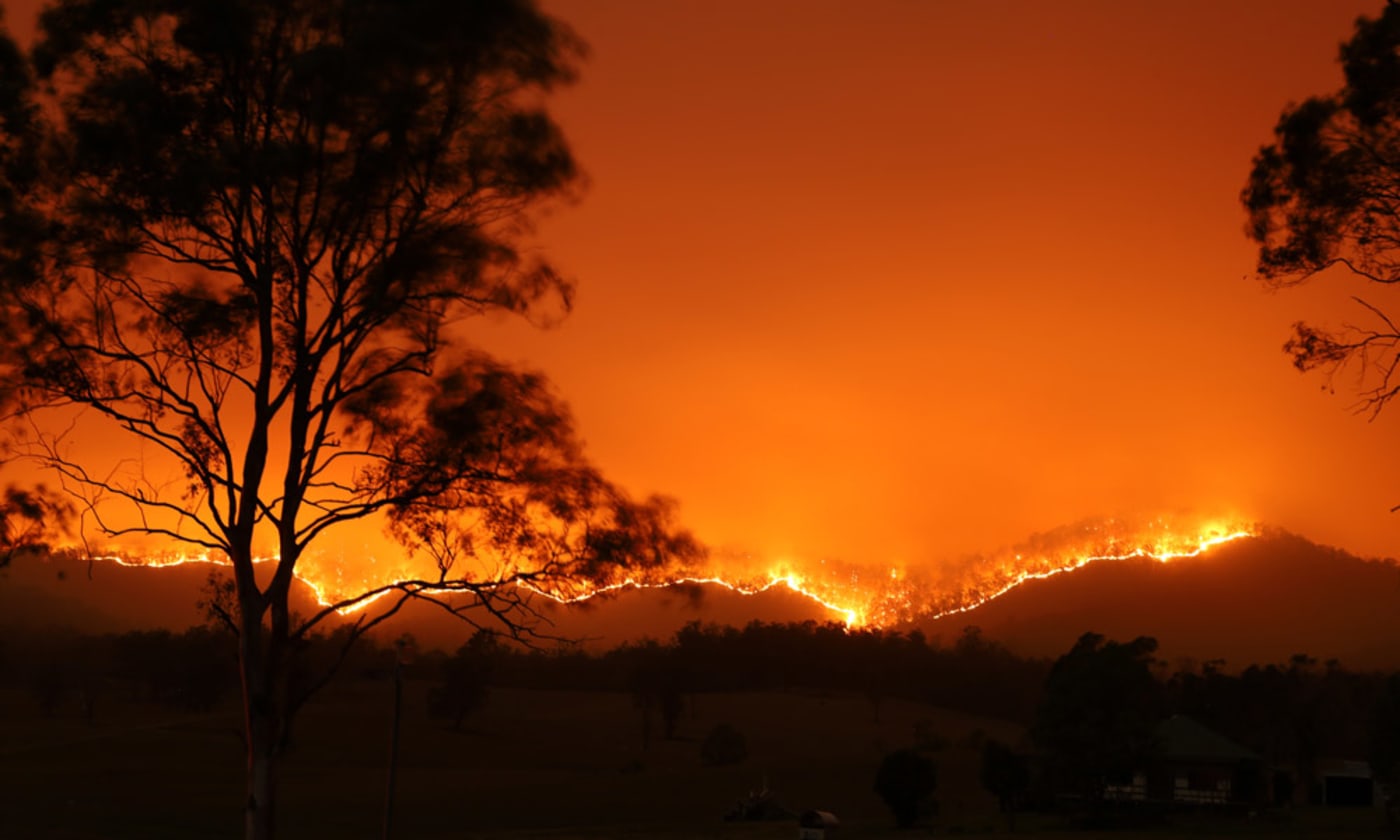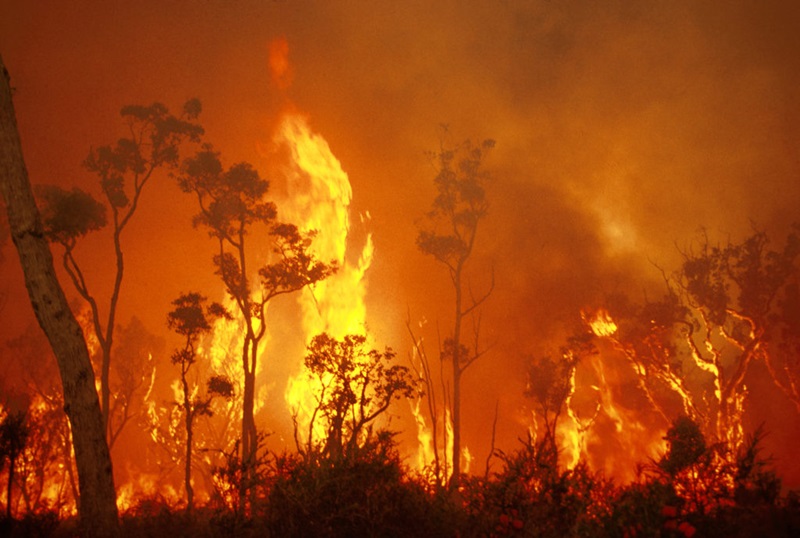Specialist Advice on Bushfire Management for Boosted Fire Protection
In the realm of bushfire administration, the value of expert guidance can not be overstated. From recognizing the subtleties of bushfire actions to executing sensible procedures such as firebreaks and defensible rooms, there exists a riches of knowledge that can significantly enhance fire security efforts.
Recognizing Bushfire Habits
To effectively minimize the impact and take care of of bushfires, it is imperative to have a detailed understanding of bushfire actions. Bushfires are complex natural phenomena affected by numerous aspects such as weather conditions, topography, fuel tons, and human tasks. Recognizing just how these components communicate is important in predicting the behavior of a bushfire, permitting better planning and action methods.
One trick aspect of bushfire actions is fire spread. By researching past fire occurrences and analyzing fire patterns, experts can prepare for how a bushfire might progress under specific conditions.
Furthermore, comprehending cinder strike, detecting, and fire whirls is necessary in realizing the complete level of bushfire actions. By diving right into these intricacies of bushfire behavior, authorities can improve their readiness and action capacities, eventually lowering the effect of these destructive events.
Carrying Out Firebreaks and Defensible Areas
Understanding bushfire actions is fundamental for effectively implementing firebreaks and developing defensible areas to boost fire protection. Preserving these firebreaks with normal clearing of debris and plant life is essential to ensure their performance throughout a bushfire occasion.

Correctly applying firebreaks and defensible spaces requires meticulous planning, routine upkeep, and area collaboration to ensure the highest degree of fire defense for homes and lives in bushfire-prone locations.
Using Early Caution Equipments
Deploying sophisticated early warning systems is vital for timely detection and alerting of potential bushfire dangers. By using advanced innovations such as satellite monitoring, weather sensing units, and thermal imaging, authorities can successfully keep track of fire-prone locations and find ignition sources at the earliest stages. These systems can offer real-time information ablaze strength, direction, and habits, permitting for punctual decision-making and quick deployment of firefighting resources to the impacted areas.
Very early caution systems likewise play a crucial role in alerting citizens and areas concerning putting in jeopardy bushfire dangers. With automated alarms, text informs, phone telephone calls, and social media notifications, people can be promptly educated concerning evacuation orders, safe sanctuary areas, and emergency situation treatments. This positive method not only conserves lives yet additionally lessens residential property damages by making certain that people have adequate time to evacuate and protect their homes.
Developing Emptying Strategies
Reliable evacuation plans are crucial for making certain the safety and security of locals in bushfire-prone locations. Establishing well-thought-out discharge techniques is crucial in mitigating the threats posed by bushfires and securing human life. These strategies need to be comprehensive, taking into consideration different elements such as the topography of the area, the thickness of plants, and the most likely speed and direction of the fire's Related Site spread.
When creating discharge strategies, it is very important to establish clear evacuation paths and setting up points where homeowners can collect safely. These routes need to be routinely preserved to ensure availability throughout emergency situations. Additionally, interaction strategies must remain in area to sharp citizens of imminent threat and supply clear instructions on emptying procedures.
Partnership between local authorities, emergency solutions, and area participants is crucial in establishing efficient evacuation strategies. When a bushfire endangers the area, routine drills and workouts must be conducted to familiarize residents with the treatments and ensure a swift and organized evacuation (BMP). By prioritizing the advancement of robust emptying plans, areas can improve their resilience to bushfire emergencies and lower the potential effect on properties and lives

Taking Part In Area Preparedness
In the world of bushfire management, cultivating area preparedness plays a crucial function in fortifying the strength of homeowners living in risky areas. Participating in neighborhood readiness entails informing citizens on bushfire risks, advertising fire safety methods, and creating emergency situation strategies jointly. By actively involving the neighborhood in readiness initiatives, people become a lot more informed and encouraged to take positive steps to secure their lives and residential or commercial properties during bushfire incidents.
Area readiness campaigns usually include carrying out fire drills, developing communication networks, and arranging training sessions ablaze suppression strategies. Urging partnership amongst next-door neighbors to develop a natural support system can considerably improve the total readiness level of an area. When locals are knowledgeable and furnished to respond effectively to bushfires, the possibility of minimizing damages and making certain security increases considerably.
Final Thought
To conclude, efficient try this bushfire monitoring calls for a detailed understanding of fire actions, the execution of firebreaks and defensible spaces, the usage of very early caution systems, the growth of discharge plans, and community interaction in readiness efforts. By including these techniques, communities can enhance their fire defense steps and decrease the effect try these out of bushfires on both property and lives. BAL Assessment. It is important for all stakeholders to interact to develop a safer setting when faced with this all-natural catastrophe
To effectively mitigate the influence and manage of bushfires, it is vital to have a detailed understanding of bushfire habits. By studying past fire occurrences and assessing fire patterns, professionals can prepare for exactly how a bushfire might advance under details problems.Understanding bushfire behavior is fundamental for effectively executing firebreaks and developing defensible spaces to boost fire security. Involving in area preparedness includes informing locals on bushfire threats, promoting fire safety methods, and developing emergency situation strategies jointly.In conclusion, efficient bushfire monitoring requires a comprehensive understanding of fire behavior, the implementation of firebreaks and defensible rooms, the utilization of early caution systems, the advancement of discharge strategies, and community involvement in preparedness initiatives.